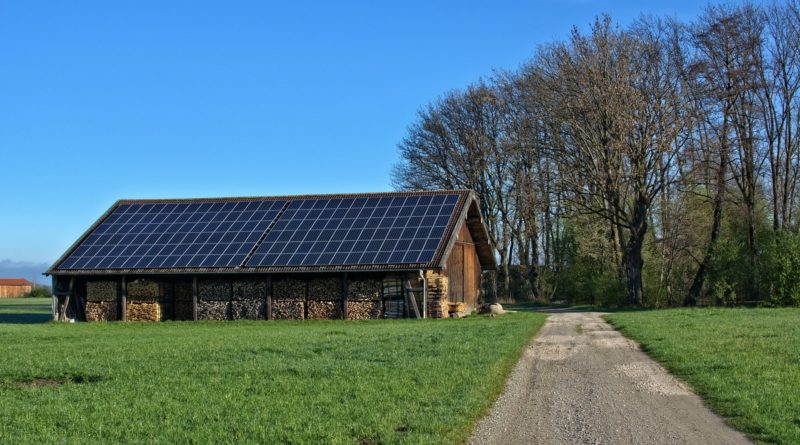Solar Energy Finally Sinking In
On October 5, 2016, 152 parties out of 197 ratified the Paris Agreement — the first resolution uniting all nations into a common cause to combat climate change, deal with its impact, and assist developing countries to do the same. As such, it charts a new course in the global climate effort.
The Agreement’s fundamental aim is to reinforce the world’s answer to the peril of climate change by maintaining global temperature rises significantly under 2⁰ Celsius this century over altitude levels before industrialization as well as to working at limiting temperature rises an additional 1.5⁰ C. Since the Industrial Revolution, energy has been powered by extracting dirty and old forms of “technically” sun-powered energy — pushing organic materials and long-dead plants back into the earth and then pumping it out as gas, oil, coal, and other fossil fuels.
Today, it is common knowledge that extracting and burning these fuels for energy, harms the environment, people’s health, and threatens the climate and planet’s long-term stability.
To reach the Agreement’s ambitious goals requires suitable flows of funding, a novel technological agenda, and that heightened frameworks for building capacity be set in place. The Paris accord also caters to heightened transparency and more vigorous backing and action. All parties need to report regularly on their implementation efforts and emissions.
One major way in which countries can effectively combat climate change is to move rapidly towards the increased use of solar energy — by using more sunlight, communities can be powered by inexhaustible, pollution-free, energy. Solar energy is taking off faster than ever before and progress is being made. In the U.S. alone, the use of solar energy is currently 43 times more than 10 years ago — enough to meet the power requirements of 8.7 million households.
The good news is that in that in the U.S. and world over, renewable energy is on the up and up. Adding momentum to renewable energy goals on a global scales is not just a matter of science, technology, or even resources. It is a question of the political determination of leaders, states and institutions to commit to the goals of the Paris Agreement and begin using 100 percent renewable energy as well as clean energy resources as a matter of urgency. By achieving cleaner air and water, we will give hope for many generations to come.




